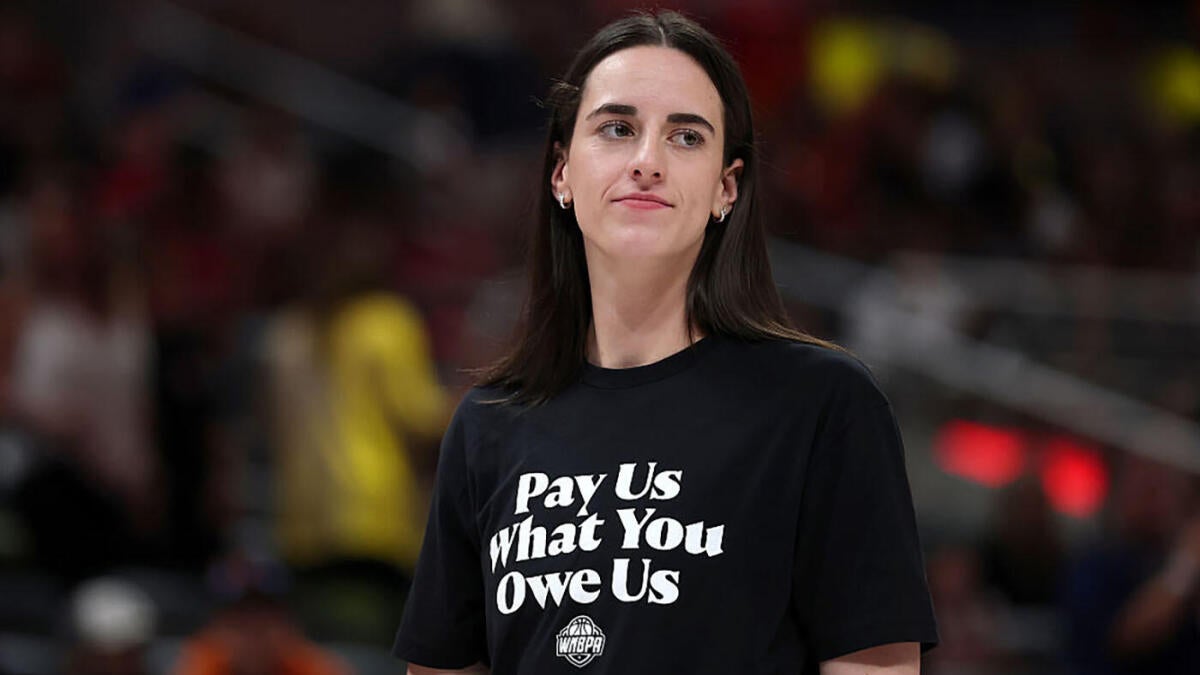The WNBA’s Fight for Fair Compensation: A Turning Point in Women’s Sports
Introduction: A Bold Statement on the Biggest Stage
The 2025 WNBA All-Star Game in Indianapolis was more than just a celebration of the league’s top talent—it became a powerful platform for advocacy. Players from both Team Clark and Team Collier took the court in black t-shirts bearing the message: “Pay Us What You Owe Us.” This unified stance was a direct challenge to the league, highlighting the growing disparity between the WNBA’s surging popularity and the compensation of its players. The moment underscored a critical truth: the league’s success is built on the backs of its athletes, and it’s time for that success to be shared equitably.
The Urgency of the CBA Negotiations
The current collective bargaining agreement (CBA) is set to expire at the end of the season, making these negotiations a defining moment for the WNBA. The players’ decision to opt out of the previous CBA in October was a clear signal that they are no longer willing to accept the status quo. At the heart of the negotiations are four key demands:
The “Pay Us What You Owe Us” message reflects the players’ frustration with what they see as a lack of recognition for their value. The shirts were worn after the players and the league failed to reach a new CBA at an in-person meeting, signaling that the players are ready to escalate their demands if necessary.
The All-Star Game: A Strategic Platform for Protest
The decision to use the All-Star Game as a platform for their message was strategic. The event draws significant media attention and provides a high-profile opportunity to amplify their voices. All-Star games are typically filled with celebration and fanfare, but this time, the WNBA players used the platform to send a clear and direct message to the league. By wearing the “Pay Us What You Owe Us” shirts during warm-ups, the players ensured that their concerns would be front and center during the weekend’s festivities.
Even sidelined rookie sensation Caitlin Clark, who is recovering from a groin injury, participated in the protest, underscoring the unity among WNBA players. Clark’s involvement, in particular, added weight to the message, given her significant impact on the league’s popularity and revenue. Her presence on the sidelines, wearing the protest shirt, sent a powerful signal that this fight is not just about current players—it’s about the future of the league.
The Broader Context: Gender Equity in Sports
The WNBA players’ fight for fair compensation is part of a broader movement for gender equity in sports. Female athletes have historically been undervalued and underpaid compared to their male counterparts. The WNBA players are challenging this status quo and demanding that their contributions be recognized and rewarded fairly.
This fight is not just about money—it’s about respect. It’s about acknowledging that women’s sports deserve the same investment, attention, and resources as men’s sports. The players are not only advocating for themselves but also for future generations of female athletes. They believe that by securing a fair CBA, they can pave the way for a more equitable and sustainable future for women’s basketball.
The Unrivaled League: A New Chapter in Player Empowerment
Amidst the backdrop of CBA negotiations, the Unrivaled league, co-founded by WNBA stars Breanna Stewart and Napheesa Collier, adds another layer to the narrative. Collier even wore an Unrivaled T-shirt while drafting her first WNBA All-Star team as captain. She mentioned the league repeatedly and drafted every Unrivaled teammate available to her. This league symbolizes the players’ initiative to take control of their careers and create opportunities outside the traditional WNBA structure.
The Unrivaled league is a bold statement of player agency. It shows that WNBA stars are not just willing to advocate for change within the league—they are also willing to create their own opportunities if necessary. This move could potentially influence the negotiation dynamics, as the league may need to address the players’ demands to retain their top talent.
A Pivotal Moment for the WNBA
The 2025 WNBA All-Star Game served as a pivotal moment for the league. The players’ unified message resonated with fans, media, and stakeholders, putting pressure on the league to address their concerns. The outcome of the CBA negotiations will have a profound impact on the future of the WNBA and its players.
The WNBA finds itself at a crossroads, and the decisions made during these negotiations will shape the league’s trajectory for years to come. As negotiations continue, the players remain committed to their cause, demonstrating a resolve to achieve a CBA that reflects their value and contributions to the game. The WNBA must recognize the true worth of its players and invest in their success, not only for the sake of fairness but also to secure a vibrant and sustainable future for the league.
Conclusion: The World Is Watching
The WNBA’s fight for fair compensation is more than just a labor dispute—it’s a defining moment for women’s sports. The players have shown remarkable unity and determination in their quest for equity, and their message has resonated far beyond the basketball court. The league now faces a critical choice: will it recognize the value of its players and invest in their success, or will it risk losing the very talent that has driven its growth?
The world is watching to see if the WNBA will, indeed, pay what it owes. The outcome of these negotiations will not only shape the future of the league but also send a powerful message about the value of women’s sports. It’s time for the WNBA to step up and show that it is truly committed to fairness, equity, and the success of its players. The ball is in their court.

